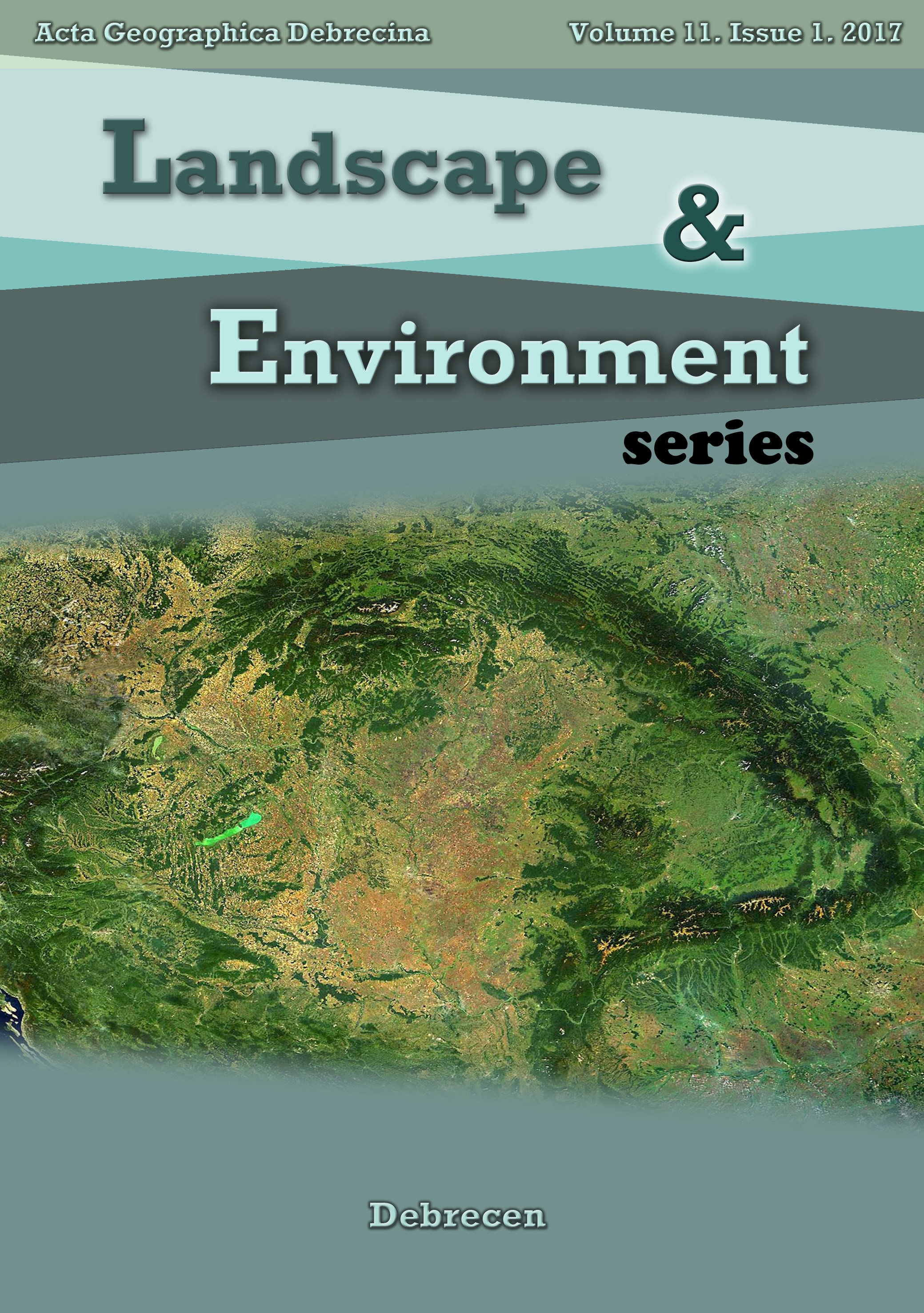Population an land cover dinamics of Sundarbans impact zone is Bangladesh
Author
View
Keywords
License
Copyright (c) 2017 Md. Sanaul Haque Mondal

This work is licensed under a Creative Commons Attribution-ShareAlike 4.0 International License.
How To Cite
Abstract
Sundarbans is the largest mangrove forest of the world that lies in Bangladesh and India. This paper examined the correlation among population dynamics of Sundarbans impact zone (SIZ) from 1974 to 2011; impact of climate change on the forest; and changes in land cover of the forest from 1973 to 2010. Population size of SIZ was increased by 1.6 times between 1974 and 2011, whereas decreased by 2% during 2001 to 2011. During 1973 to 2010, water bodies, barren land and vegetated land reduced by 7.35%, 49.56% and 15.92% respectively; while grass land increased by 228.14% during the same period. But both population size and vegetated land declined during 2001 and 2011. This was due to the landfall of two severe cyclones in 2007 and 2009 through Sundarbans which resulted thousands of human casualties and out migration, and destruction of the forest. In addition, anthropogenic interventions like low flow from Ganges River and policy constraints also contributed to the demolition of Sundarbans. Thus, population growth, climate change and anthropogenic interventions are playing a decisive role to the depletion of forest resources from the Sundarbans mangrove forest.

 https://doi.org/10.21120/LE/11/1/1
https://doi.org/10.21120/LE/11/1/1